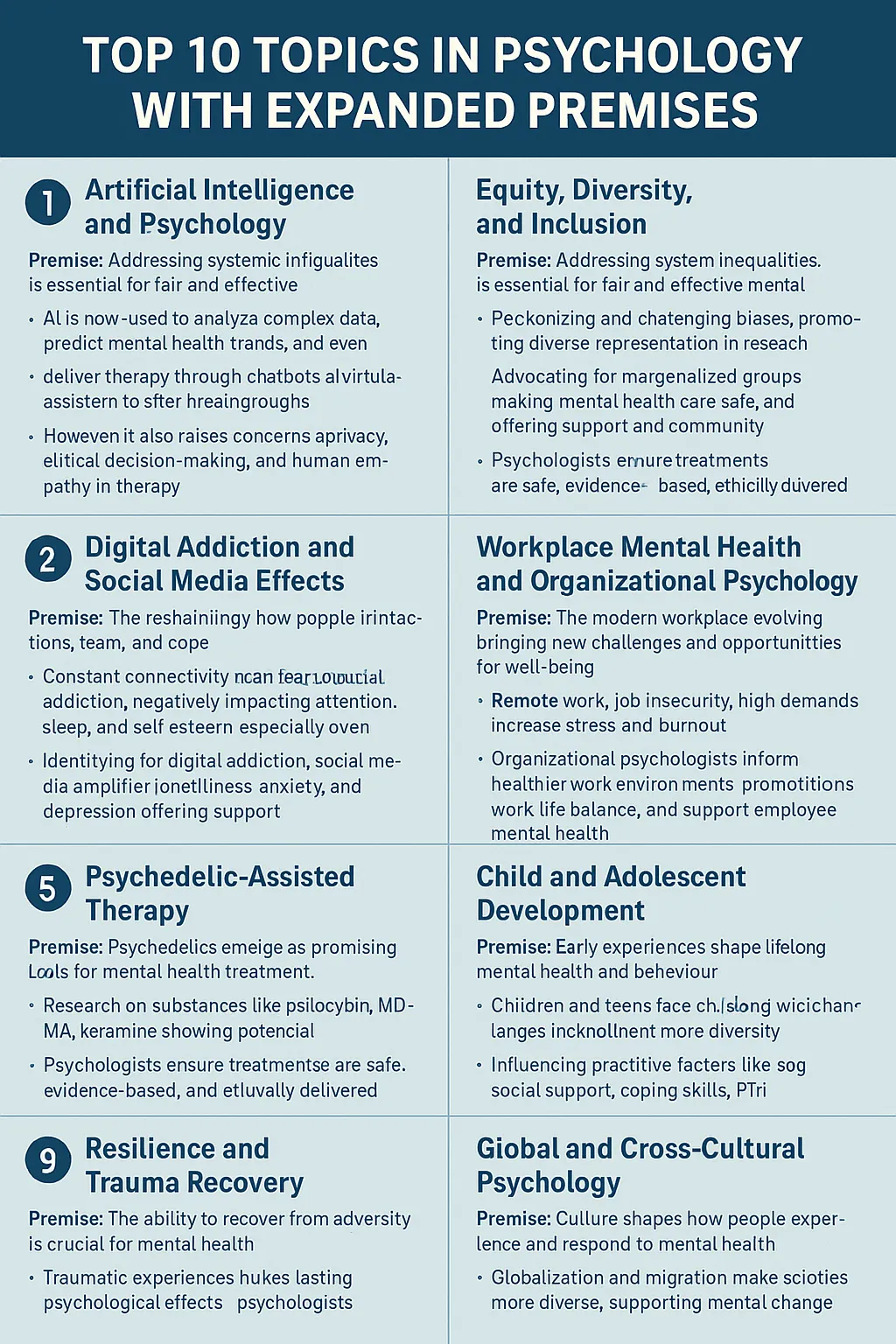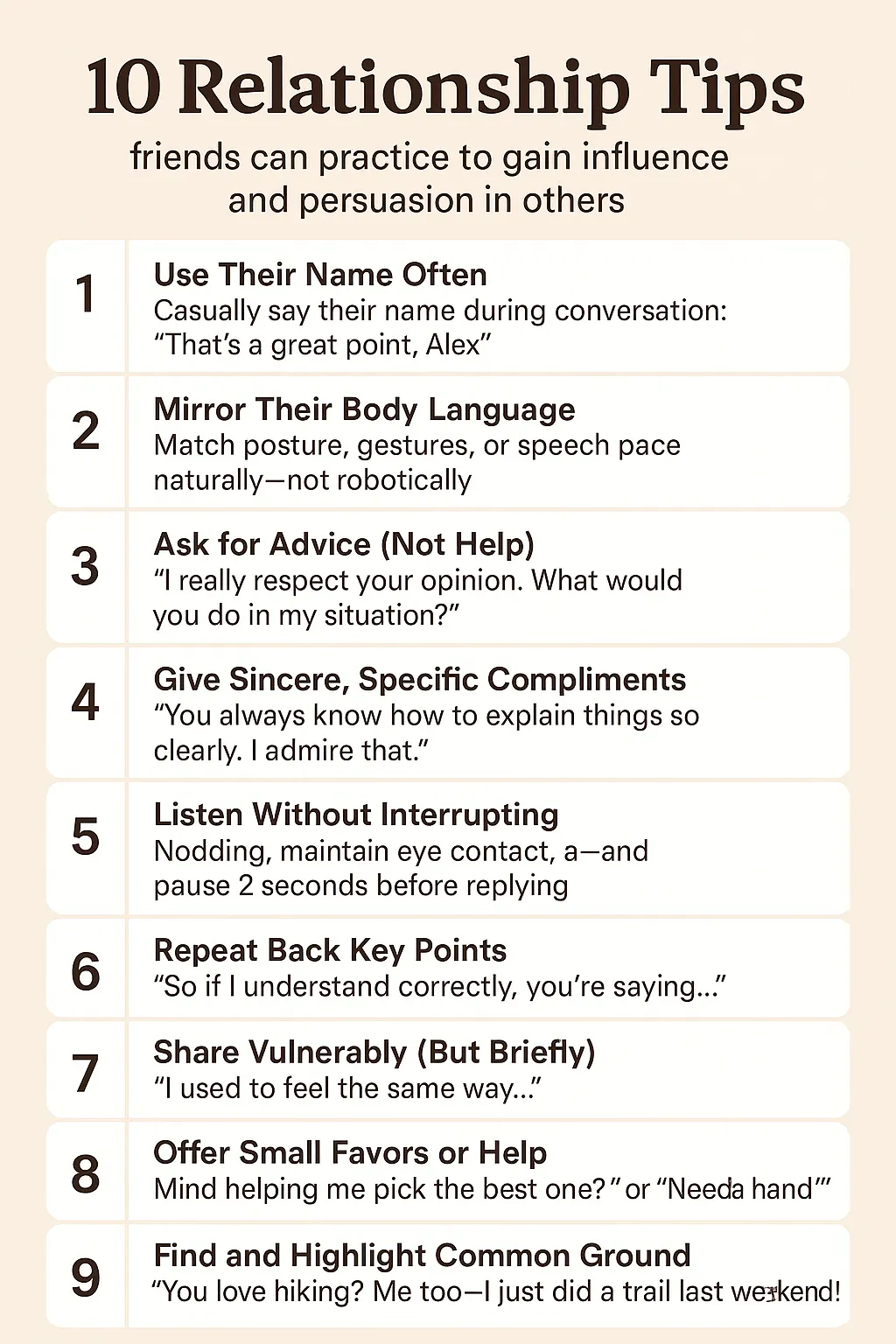Mental Agility & Creativity: Techniques to Improve Lateral Thinking and Problem-Solving
In today’s fast-paced world, mental agility and creativity are not just nice-to-have skills—they’re essential. Whether you're solving complex work challenges, making quick decisions, or simply trying to think outside the box, sharpening your lateral thinking and problem-solving abilities can give you a competitive edge.
But how do you train your brain to think more flexibly and creatively? In this article, I’ll share powerful techniques, real-world examples, and actionable tips to boost your mental agility. Plus, I’ll introduce you to a brain-boosting supplement that can take your cognitive performance to the next level.
What Is Mental Agility & Lateral Thinking?
Mental agility refers to the ability to think quickly, adapt to new information, and switch between different concepts effortlessly. Lateral thinking, a term coined by Edward de Bono, is about solving problems through an indirect and creative approach—rather than relying on traditional step-by-step logic.
For example, instead of asking, "How can we reduce customer complaints?" a lateral thinker might ask, "How can we make our product so good that customers never feel the need to complain?" This shift in perspective opens up innovative solutions.
Techniques to Improve Lateral Thinking & Problem-Solving
1. The "Six Thinking Hats" Method
Developed by Edward de Bono, this technique encourages you to look at problems from six different perspectives:
- White Hat (Facts): Focus on data and information.
- Red Hat (Emotions): Consider gut feelings and intuition.
- Black Hat (Caution): Identify risks and potential problems.
- Yellow Hat (Optimism): Explore benefits and opportunities.
- Green Hat (Creativity): Brainstorm new ideas.
- Blue Hat (Process): Manage the thinking process itself.
Example: If you're launching a new product, wearing each "hat" helps you evaluate it from all angles—ensuring a well-rounded strategy.
2. Reverse Thinking
Instead of asking, "How can we solve this problem?" ask, "How could we make this problem worse?" This reverse approach often reveals overlooked solutions.
Example: A company struggling with low employee morale might ask, "What would make our team even more unhappy?" Answers like "micromanagement" or "lack of recognition" highlight what they should avoid—and what they should improve.
3. Random Stimulation
Pick a random word or object and force a connection to your problem. This triggers unexpected ideas.
Example: If you're stuck on a marketing campaign, you might randomly pick "elephant." How could an elephant inspire your campaign? Maybe you focus on "memory" (elephants never forget) and create a loyalty program.
4. The "Why?" Technique (5 Whys)
Keep asking "Why?" until you uncover the root cause of a problem.
Example:
- "Why are sales declining?" → "Because fewer people are visiting our website."
- "Why?" → "Our SEO rankings dropped."
- "Why?" → "We haven’t updated our content in months."
- "Why?" → "We don’t have a dedicated content team."
- Solution: Hire or train a content specialist.
5. SCAMPER Method
This acronym stands for:
- Substitute (What can you replace?)
- Combine (Can you merge ideas?)
- Adapt (How can you adjust existing solutions?)
- Modify (Can you tweak elements?)
- Put to another use (Alternative applications?)
- Eliminate (What can you remove?)
- Rearrange/Reverse (Change the order?)
Example: If you're improving a coffee mug, you might:
- Substitute ceramic with insulated steel.
- Combine it with a phone charger.
- Eliminate the handle for a sleeker design.
How to Train Your Brain for Better Mental Agility
Just like physical exercise, your brain needs consistent training to stay sharp. Here’s how:
✅ Play Brain Games – Puzzles, chess, Sudoku, and apps like Lumosity enhance cognitive flexibility.
✅ Learn Something New – A new language, instrument, or skill forces your brain to adapt.
✅ Meditate – Mindfulness improves focus and reduces mental rigidity.
✅ Exercise Regularly – Physical activity boosts blood flow to the brain.
✅ Read Widely – Exposure to different ideas sparks creativity.
Boost Your Brainpower with NeuroZoom
While these techniques are powerful, sometimes your brain needs an extra edge—especially when fatigue, stress, or aging slow you down. That’s where NeuroZoom comes in.
I’ve tried countless nootropics and brain supplements, but NeuroZoom stands out because it’s formulated with clinically backed ingredients like:
- Bacopa Monnieri (enhances memory & learning)
- Lion’s Mane Mushroom (stimulates nerve growth)
- Ginkgo Biloba (improves blood flow to the brain)
- Phosphatidylserine (supports cognitive function)
Since taking NeuroZoom, I’ve noticed:
✔ Faster problem-solving
✔ Improved focus during work
✔ Better mental clarity under stress
If you're serious about unlocking your brain’s full potential, I highly recommend giving it a try. Check it out here: GetNeuroZoom.com
Want More Mental Performance Tips?
Mental agility is just one piece of the puzzle. If you're interested in:
- Memory Hacks
- Stress Management
- Sleep Optimization for Brain Health
Explore more articles on our blog! Your brain is your greatest asset—invest in it wisely.
What’s your favorite technique for boosting creativity? Share in the comments! 🚀














